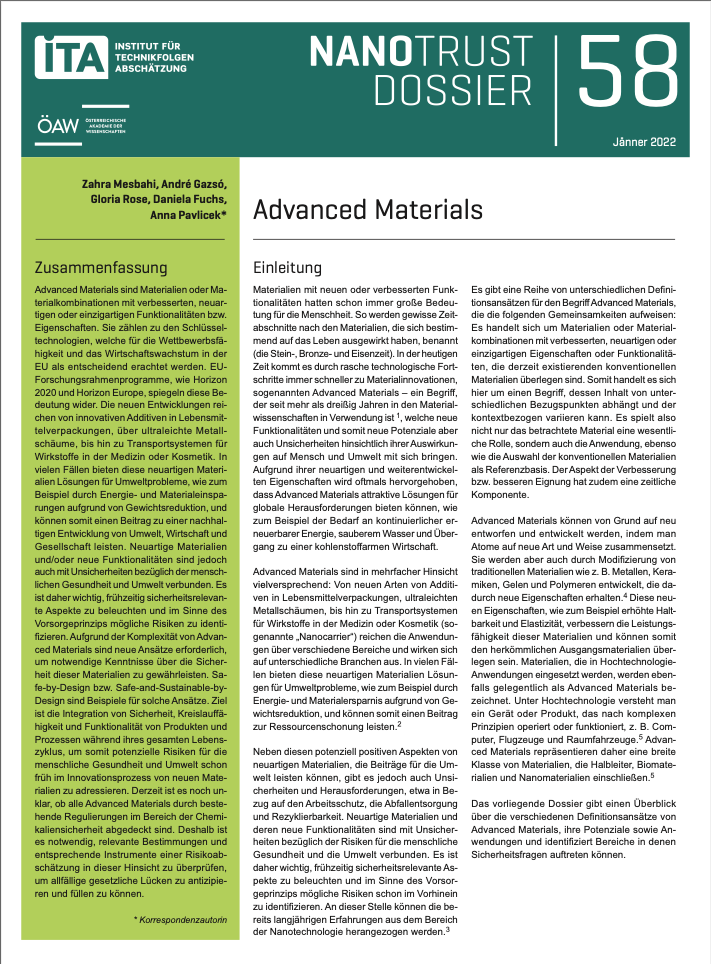Abstract:
Synthetically produced nanomaterials (Engineered Nanomaterials – ENMs) can potentially be released along the entire lifecycle of a product. The use of products with suspended ENMs, such as sunscreen lotions, almost certainly leads to an immediate environmental input. In contrast, ENMs that are solidly integrated in a product matrix can only be released by mechanical and/or chemical processes. ENMs can enter the environment either directly or indirectly (e.g. during the disposal phase), where both their properties and environmental conditions can determine their aggregation behavior. Weathering experiments with facade paints show that only a very small proportion of the contained titanium dioxide nanoparticles (TiO2-NPs) are released. In paints with silver nanoparticles (Ag-NPs), however, up to 30% of the particles can leach out over time. In the case of textiles treated with Ag-NPs, up to 10% of the silver contents can be washed out and enter the wastewater. Tests show that Ag-NPs can be transported over long distances in sewers without deposition. These are partly transformed into water-insoluble silver sulfide. Up to 85% of the TiO2-NPs and up to 99% of the Ag-NPs are removed via sewage sludge during waste water treatment, whereby Ag-NPs and other silver forms are transformed into water-insoluble silver chloride and -sulfide. Once ENMs enter surface waters, a differentiation between natural and engineered nanoparticles becomes complicated. Studies on TiO2-NPs, which can enter swimming waters via sunscreen lotions, show that these aggregate quickly and can subsequently be measured in the sediment.
Das NanoTrust-Team bietet an dieser Stelle in loser Folge sog.
Dossiers an,
die in leicht-fasslicher, aber wissenschaftlich fundierter Weise auf ca.
drei bis sechs Seiten den aktuellen Wissensstand zu den aktuellen Themen der
aufkommmenden Nanodebatte zusammenfassen.



 Home
Home Print
Print
 References
References
 Share
Share
